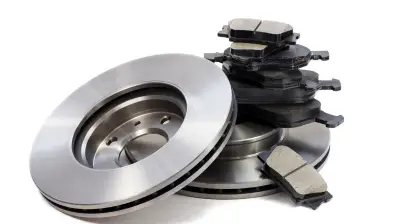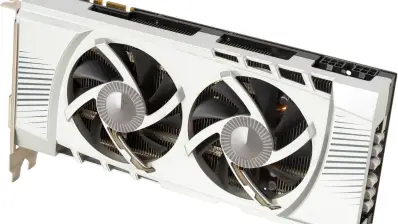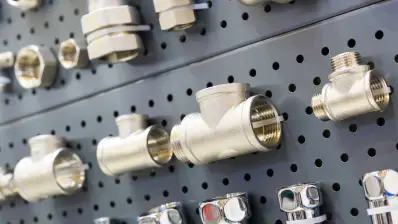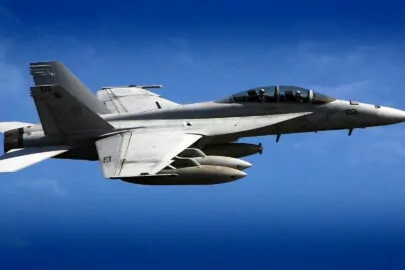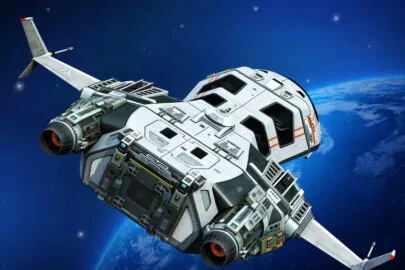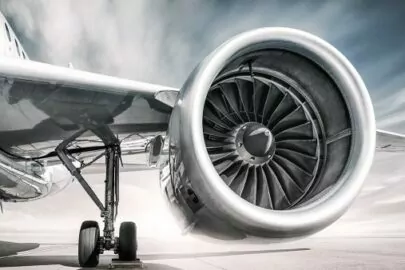Advance for Aerospace Efficiency
NPI offers dependable rapid prototyping services for the aerospace industry, catering to diverse customer needs for over a decade. We quickly create high-quality aerospace part prototypes and efficiently produce small to large-scale quantities—all at competitive prices. Trust NPI for your prototyping solutions.
- Efficient Rapid Prototyping
- 20 Surface Treatment Solutions
- Fast Worldwide Delivery
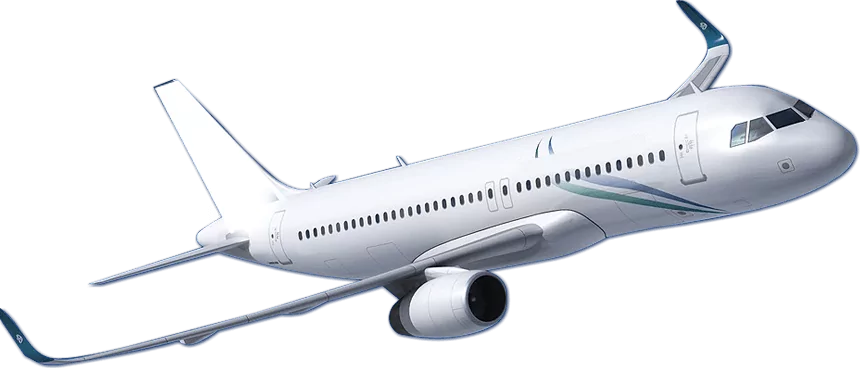
Aerospace prototyping and
manufacturing with NPI
NPI specializes in dependable prototyping and production of aerospace parts, accommodating projects from simple to highly complex. We integrate our manufacturing expertise with advanced technologies while strictly adhering to quality standards. No matter the intended use of your aircraft components, NPI is here to help you achieve your specific objectives effectively.
- ISO 9001 Certified Factory
- Machining Parts As Fast As 2 Days
- Free&Professional DFM Report
- 24/7 Engineering Support
Applications of Aerospace Parts
Our manufacturing capabilities help accelerate the production of a wide range of aerospace components for unique applications. Here are some of the common aerospace applications:
- Custom aerospace & aviation parts
- Rapid tooling, brackets, chassis, and jigs
- Heat exchangers
- Custom fixturing
- Surrogate parts
- Drones
- Structural components
- UAVs
- Fuel pumps
- Jigs & Fixtures
- Conformal cooling channels
- Turbo pumps and manifolds
- Fit check gauges
- Fuel nozzles
- 15.Gas and liquid flow components
- Engines
- Manifolds
- Turbo Pumps
- Vacuum Pumps
- Lighting System
- Conformal Cooling Channels
- Unmanned Aerial Systems
- Drone Delivery SystemsVs
- Seats & Brakes
- Helmets
- Electrical Parts
- Radar Systems
- Dashboard
- Transmission Components
- Tank Model
Aerospace Part Gallery
For the years we have gathered relevant experience that enables us to handle any aerospace projects. Here's the gallery of aerospace prototypes and production parts for our worldwide clients.
Aerospace FAQs
Aerospace CNC machining is a highly precise manufacturing process utilizing computer-controlled tools to create intricate components from materials like metal, plastic, or composites, often incorporating surface treatments to enhance durability and performance.
- Prototyping enables early detection of design flaws, risk reduction, validation of technologies, compliance with regulatory requirements, and ensures that the final product meets performance criteria.
Machining: This technique entails the careful removal of material from a larger block to achieve a specific design or shape. Various tools, including lathes, milling machines, and drills, can be employed in the machining process. It is primarily utilized for crafting metal components, such as those found in engines and wing structures, ensuring precision and detail.
Casting: Casting is a manufacturing process where molten metal is poured into a mold to form solid parts. This method is particularly effective for producing intricate shapes or for creating items in large quantities. It is widely used in the aerospace sector for items like engine parts and turbine blades, allowing for both complexity and volume.
Composite Manufacturing: This process involves the integration of two or more materials to form a composite that possesses enhanced strength and unique characteristics. Composite materials are highly valued in the aerospace industry for their excellent strength-to-weight ratio. Techniques such as layup, filament winding, and resin transfer molding are common in producing these advanced materials.
Additive Manufacturing: Often referred to as 3D printing, additive manufacturing builds parts layer by layer. This method is ideal for creating complex geometries that traditional manufacturing methods may struggle with. It is frequently used for prototyping and producing small-volume parts, allowing for rapid iteration and innovation.
Welding: Welding is the process of fusing two or more metal pieces together using heat and pressure. This method is essential in the aerospace industry for joining critical components such as fuselage sections and engine parts, ensuring structural integrity.
Heat Treatment: This method involves exposing metal components to high temperatures to enhance their strength and durability. Heat treatment can result in various effects like hardening, annealing, or stress relief, tailored to meet specific performance requirements in metal parts.
Common materials include aluminum, titanium, composite materials (like carbon fiber), high-strength plastics, and specialized alloys that can withstand extreme conditions.
Absolutely. Our advanced CNC machining equipment and skilled programmers enable us to produce even the most intricate and complex aerospace part designs with exceptional precision and accuracy.
You should provide detailed 3D models, material specifications, performance requirements, and any relevant compliance information.
3-axis machining operates on three coordinate planes (X, Y, and Z), while 5-axis machining adds two rotational axes. 5-axis machining allows for more complex geometries and reduces the need for multiple setups.
Inspections may include visual checks, dimensional checks using CMMs, surface finish evaluations, and non-destructive testing (NDT) methods such as ultrasonic or X-ray inspections.

